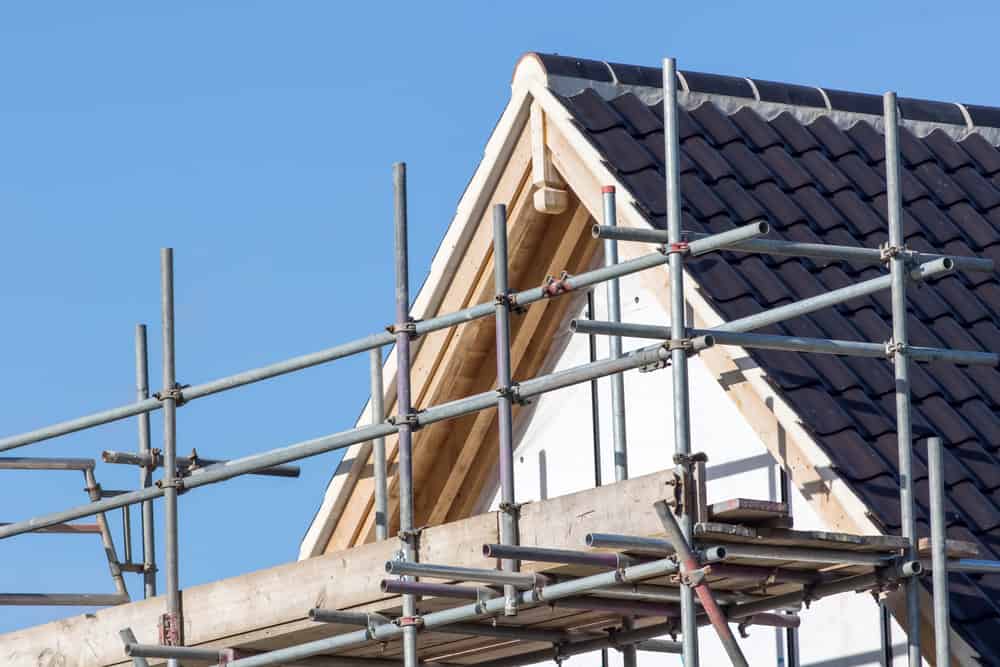
New work fell 2.8% from September to October 2021, while repair and maintenance remained unchanged.
The main contributors to the decline in monthly output in October 2021 were infrastructure and private new housing, which decreased 7.1% and 4.4% respectively.
However, these decreases were partially offset by increases in private industrial and public other new work, of 8.8% and 7.0% respectively.
The level of construction output in October 2021 was 2.8% (£400m) below the February 2020, pre-coronavirus level.
New work was 6.2% (£592m) below the February 2020 level, while repair and maintenance work was 3.9% (£193m) above the February 2020 level.
Infrastructure performed strongly, up 36.7%, (£688m), while private commercial was still 26.9% (£670m) below its February 2020 level in October 2021.
In line with the monthly fall, construction output fell by 1.2% in the three months to October 2021; this was because of a 1.5% fall in repair and maintenance.
This was mainly because of a 3.5% fall in non-housing repair and maintenance and a fall of 1.0% in new work.
Andy Sommerville, director at Search Acumen, said: “In Q3 2021 the construction industry saw signs of a slight recovery as the peak of supplier delays began to lessen.
“However, cost pressures have continued to cripple the market, caused by supply chain issues and product shortages, leading to subsequent price rises in raw materials such as steel, concrete, timber and glass.
“This latest dataset is reflective of the disrupted supply chain issues, with the level of construction output in October falling by 1.8%.
“While there continue to be challenges, we can expect strong residential demand to outweigh these cost pressures and fuel the recovery of the building market in the New Year.
“Recent developments in the Omicron variant are likely to have a similar impact on buyer demand as more people are encouraged to work from home.
“This will be another contributing factor to high-level activity in the market in the New Year.
“The uptake of technology and digitisation in the home buying and selling process is the ultimate key to improving efficiencies as transaction volumes rise.
“A collective strengthening of confidence was felt throughout the property market in Q3.
“Our latest research found that the number of active conveyancing firms recovered to pre-pandemic levels, putting the market in a strong position to cope with anticipated elevated levels of transactions.
“In addition, the top-ranking conveyancing firms by volume of activity collectively registered 79,402 transactions between July and September, the biggest total at this end of the market since Q4 2014.
“The capacity for getting transactions over the line, combined with a strengthened construction industry will pave the way for another high-impact quarter in the property market.”



